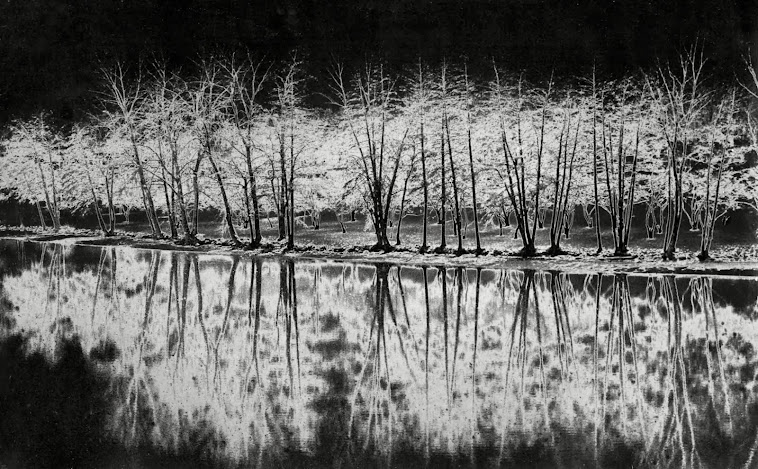The next morning we bused to the Prague Castle, founded in the 9th century high above the Vltava River [the Moldau]. The buildings enclosed included three churches, a palace, and a monastery. The Castle has been rebuilt many times, especially in 1541 after a fire badly damaged the buildings. The rebuilt Castle was in the Renaissance style, and since 1918 it has been the seat of the president of the republic.
Perhaps the most striking building is that of St. Vitus’s Cathedral. Started as a rotunda in the 10th century, additions were made over the next 1,000 years: it was a Basilica in the 11th century, expanded to a Gothic Cathedral in the 14th century and finally completed by 19th and 20th century architects and artists]. The west entrance [Neo-Gothic style] features twin spires and a Rose Window.
Beneath the Rose window is a detail of the tympanum.
Entering the cathedral and heading down the nave, one is struck by the soaring height of the walls and ceiling.
Turning to look back at the Rose Window.
Among the modern additions is the stained glass window designed by the famous Czech Art Nouveau artist, Alfons Mucha. Installed in 1931, the window portrays the boy St. Wenceslas with his grandmother St. Ludmila in the center, surrounded by episodes from the lives of Saints Cyril and Methodius [who spread Christianity among the Slavs[. The image of Slavia is also included below Christ, and as an emblem of Slavia Bank who funded the stained glass window. The bottom image is a detail from the lower right panel.
Leaving the cathedral, we proceeded along the southern side. It, too, offered some splendid views.
Finally, some additional exterior images toward the apse, where the rather delicate flying buttresses are nicely visible.
Next week, I will continue to explore the area around Prague Castle.















No comments:
Post a Comment